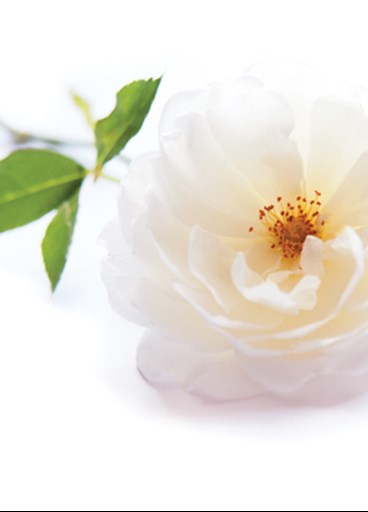Hindu Funerals
This guide will explain typical Hindu funeral etiquette and what death rituals must take place before a Hindu cremation.
Hindu beliefs about death
Hindus believe in the rebirth and reincarnation of souls. According to Hinduism, when the physical body dies, the soul reincarnates into another life force.
Whilst Hindus mourn the passing of their loved one, they also celebrate the onward journey of the soul to the next incarnation which they see as a step closer to Nirvana (Heaven).
Hindu funeral rituals
Hindus are told to avoid any unnecessary touching of the deceased, as it seen as impure. Traditionally, the funeral should take place as soon as possible. In preparation, the body is usually washed in purified water by family members and close friends before the viewing of the deceased can take place.
What happens at a Hindu funeral?
The deceased is generally displayed in a simple casket with flowers placed at their feet. Family and friends usually gather around the casket to perform Hindu funeral chants or prayers. Before the deceased is cremated, many Hindus place ‘pinda’ (rice balls) close to their loved one. Sometimes during a Hindu funeral, the family will place a lamp near the head of their loved one or sprinkle water on them.
The priest will then explain what Hindu beliefs are regarding death and what happens to the soul after death, to comfort the grieving family.
How long does a Hindu funeral last?
The ceremony itself can last for approximately 30 minutes. The Hindu mourning period lasts for thirteen days (Terahvin), with the ceremony traditionally being held on the thirteenth day.
You can read more about the Hindu mourning period below.
Hindu funeral rites
Hindu funeral rites are usually made up of chants or mantras, penned to be spoken at a funeral. Hindu funeral chants are reserved for those of Hindu faith. If you are of another religious denomination, then you would be expected to sit and quietly observe the Hindu funeral chants.
What happens at a Hindu cremation?
Traditionally, all Hindus (except babies, children and saints) are cremated. Hindu Cremation often occurs within 24 hours of death. However, this isn’t always possible due to crematoria demand.
Historically, all Hindu cremations would take place on the Ganges River in India, though it is now accepted to be cremated locally. Customarily, the family would carry the casket to the crematorium site, but modern Hindu cremations allow for the casket to be transported by vehicle.
What to wear to a Hindu funeral
When it comes to Hindu funeral attire, mourners are often asked to wear white and avoid black. Women are guided to dress conservatively, covering their arms, chests and knees.
What happens after a Hindu funeral?
Traditionally, after a Hindu cremation the ashes of the deceased should be immersed in the Ganges River, though other rivers worldwide are becoming widely accepted.
Mourning usually lasts for 13 days after a Hindu funeral. During this time, the deceased’s family receive visitors at their home, with a photograph of the person who has passed away prominently displayed alongside a garland of flowers.
One year after the death, the family of the deceased will observe a memorial event called ‘sraddha’, paying homage to their loved one.
Source: The Real Hindu Website
Arrange a Hindu funeral for your loved one
Your local Dignity Funeral Director can cater for any type of religious funeral and will help arrange a fitting service which reflects your loved one's beliefs and final wishes.

